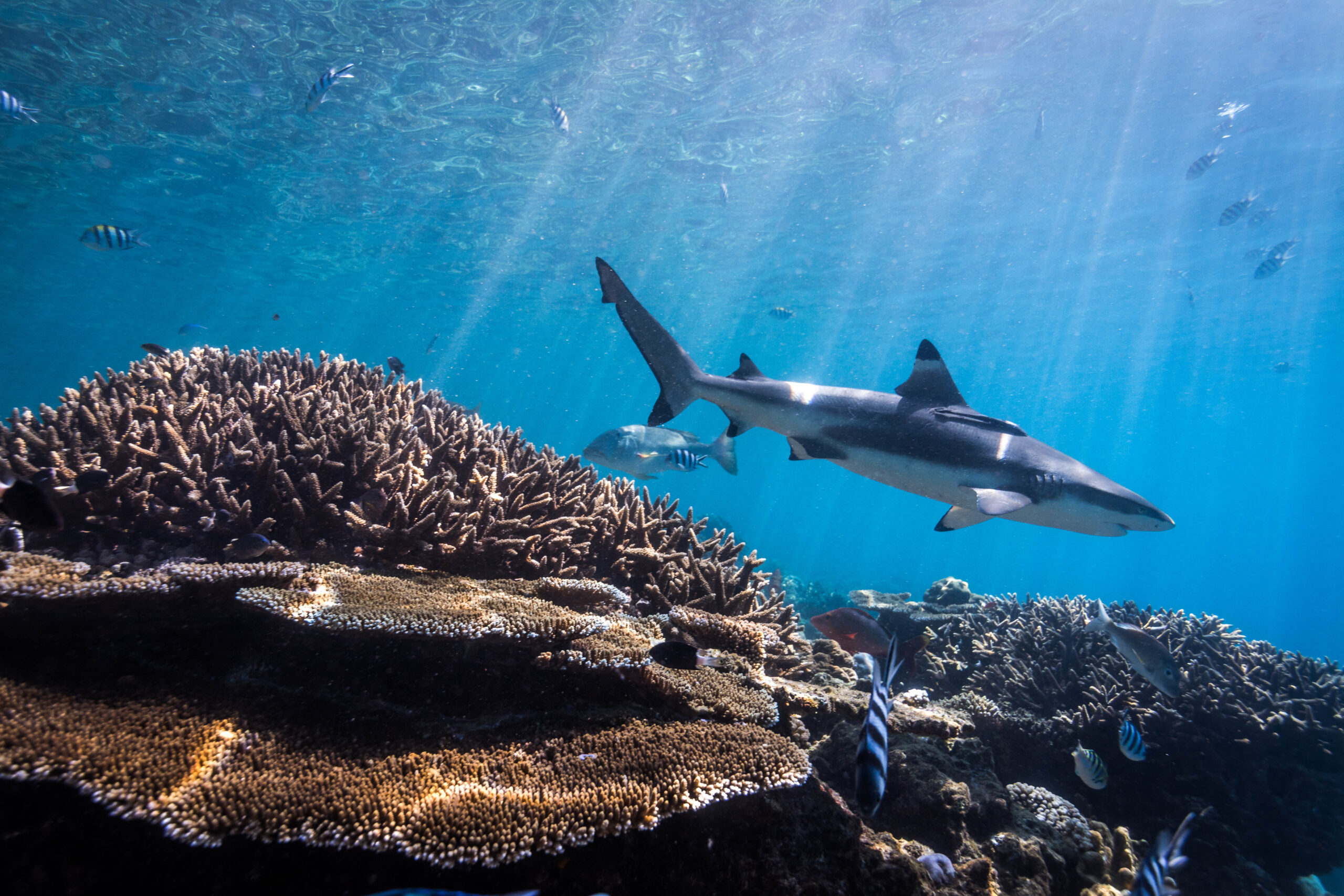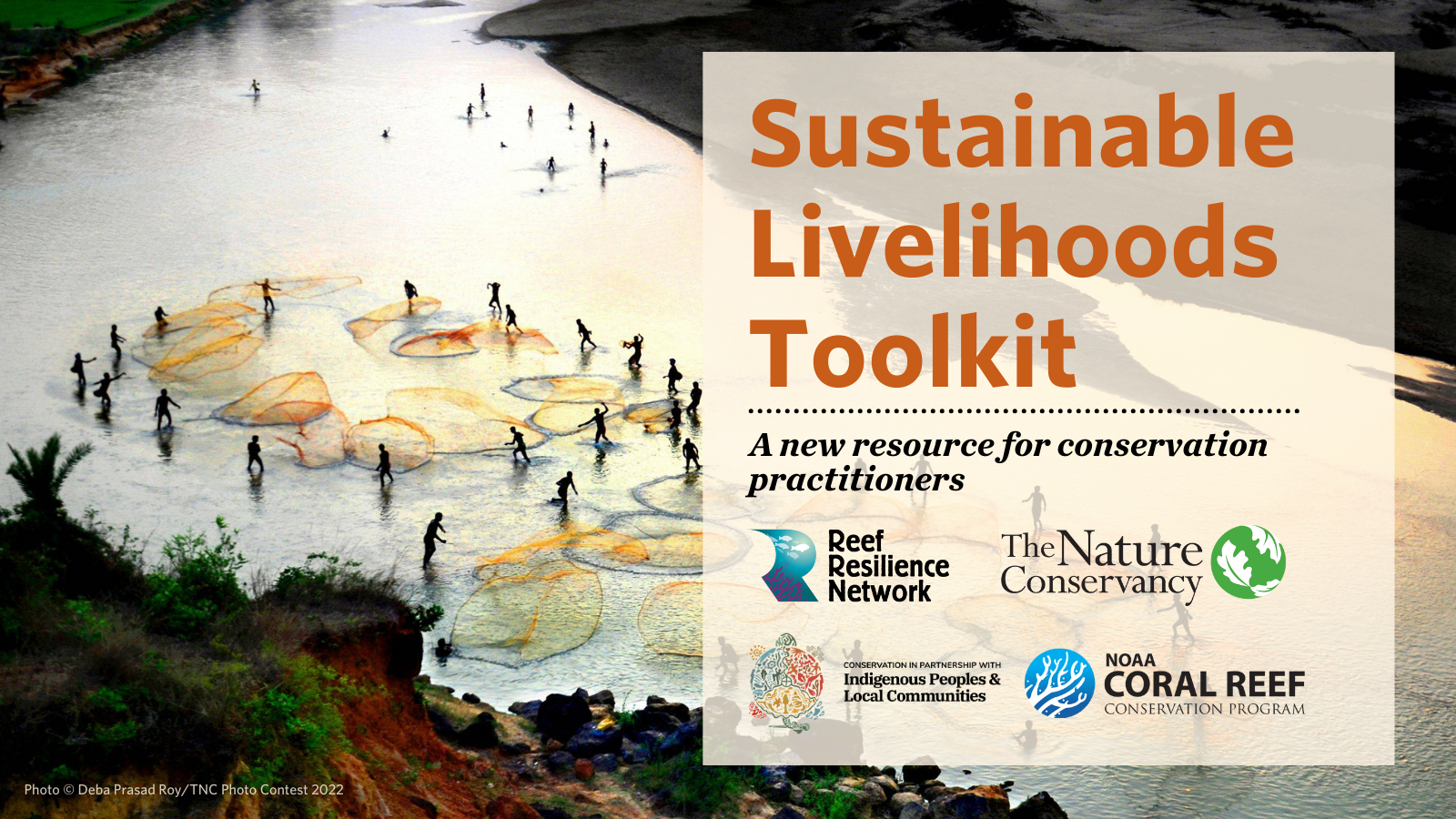Through this study, a literature review was conducted to evaluate and rank twelve potential management interventions to promote coral reef recovery following a coral bleaching event, using Hawai‘i as a case study. This effort aimed to identify effective management strategies that can be used for resilience-based management, which emphasizes the maintenance of key ecosystem processes and function to aid in the persistence of coral reefs in a changing climate. Although resilience-based management is established and understood theoretically, there have been few examples of implementation in management. A list of 12 interventions was created that managers in Hawai`i could implement to promote coral recovery following a bleaching event. Management strategies were identified through a literature review, suggestions from managers, interventions previously prioritized and already in use in Hawai‘i, and suggestions from ocean stakeholders. These 12 strategies fell into six categories: 1) spatial planning, 2) fisheries rules, 3) gear rules, 4) aquaculture, 5) land-based pollution mitigation, and 6) enforcement (see Table 1 in the paper for list of specific strategies). The literature review included studies where strategies achieved their management objective and/or ability to promote coral recovery. Management strategies were then ranked or scored based on their effectiveness. Overall, establishing a network of herbivore management areas ranked the highest, followed by parrotfish size limits and establishing a network of no-take marine protected areas. This method can be used in other locations as a systematic way to compare the effectiveness of management actions that increase coral reef resilience, assisting reef managers in navigating the translation of resilience-based management from theory to practice.
Authors: Chung, A.E., T. Oliver, J. Gove, K. Gorospe, D. White, K. Davidson, and W. Walsh
Year: 2019
View Full Article
Marine Policy 99: doi.org/10.1016/j.marpol.2018.10.013


